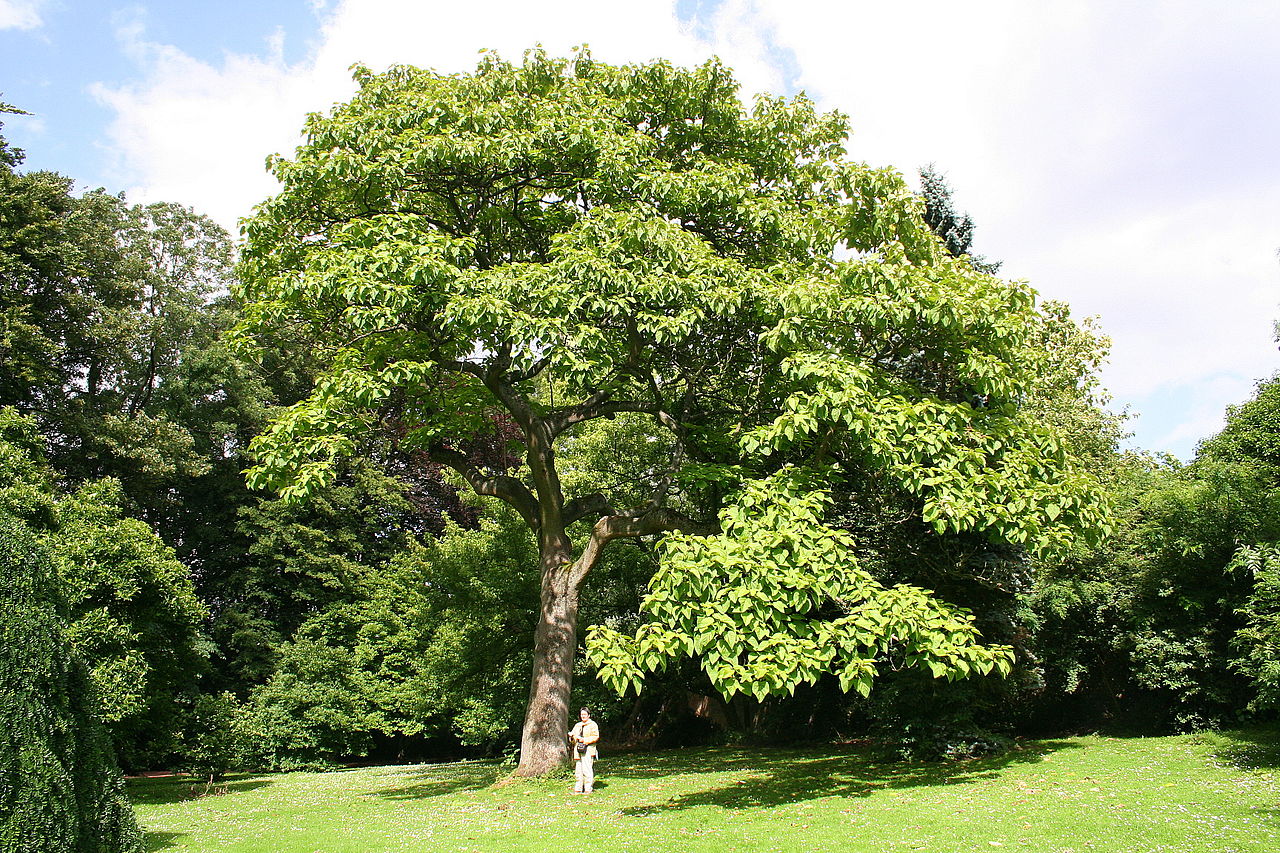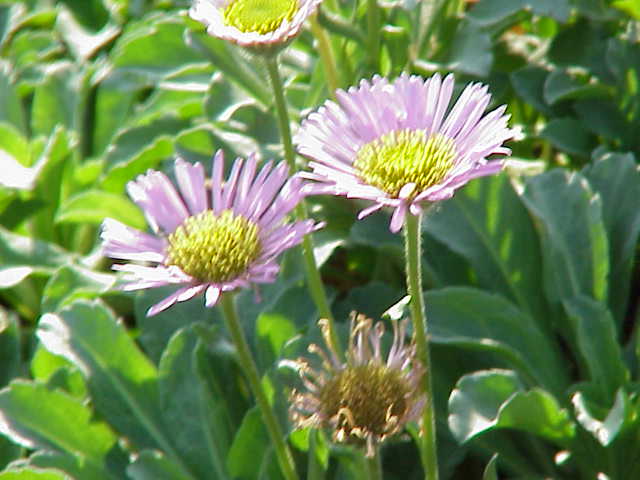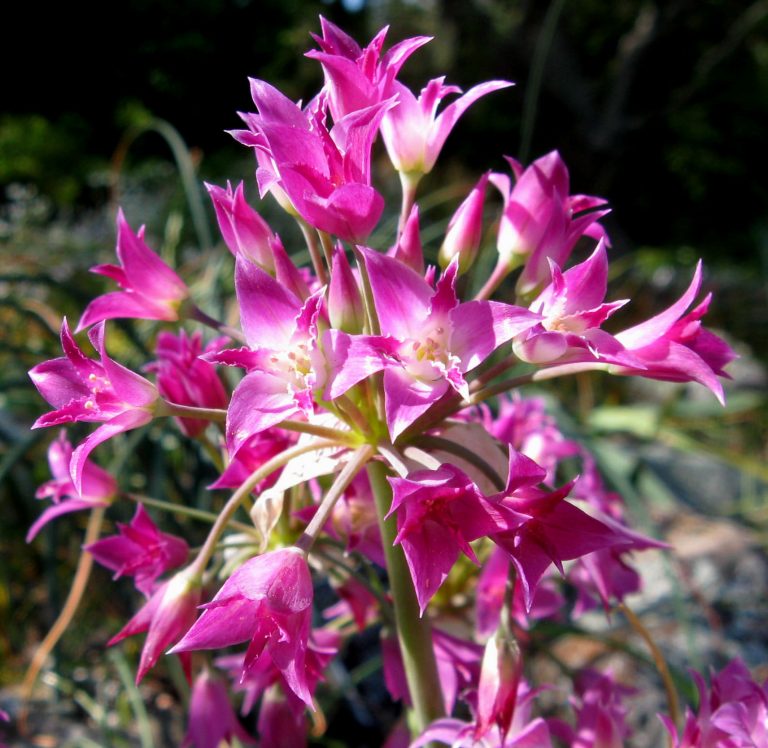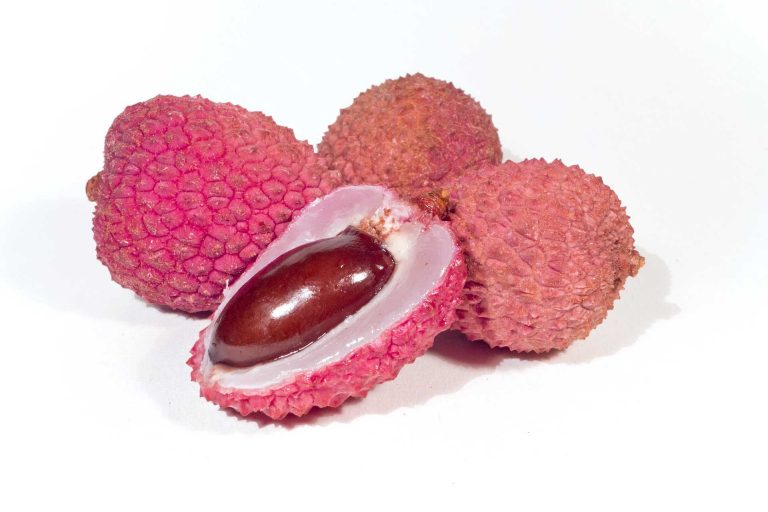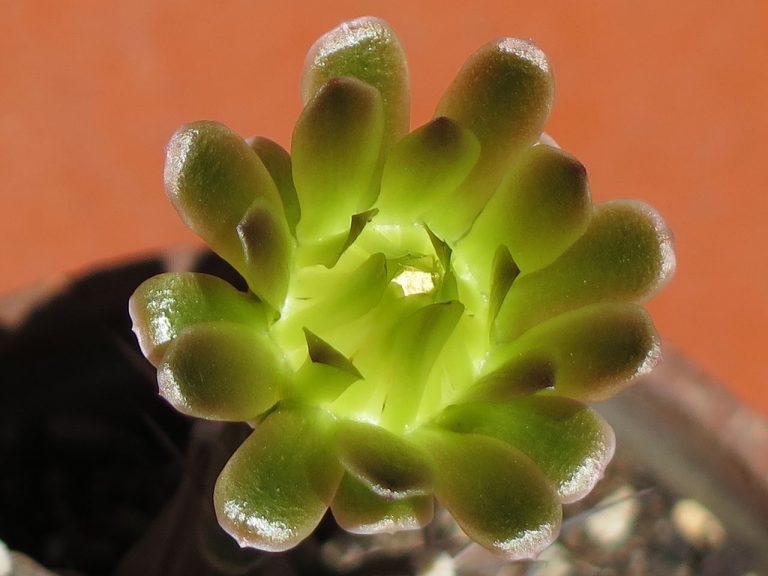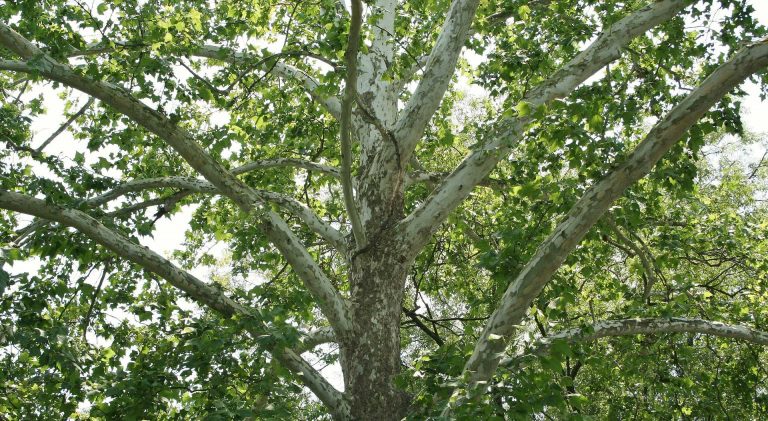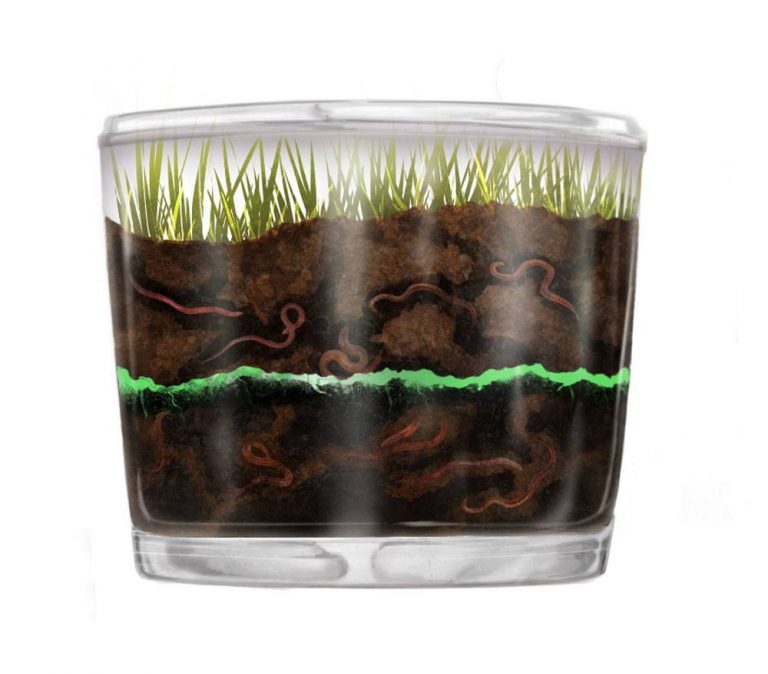Royal Empress
Scientific Classification
| Kingdom: | Plantae |
| Order: | Lamiales |
| Family: | Paulowniaceae |
| Genus: | Paulownia |
| Species: | P.tomentosa |
Royal empress is a deciduous tree of the Paulownia family. Royal empress is the fastest-growing tree in the world. About 160 years ago, royal empress tree was brought to the United States; it originated in China. It is a shade-producing hardwood and is easy to care for. The Royal Empress tree has the ability to survive in drought and serves in fire, bulldozing, and logging. The leaves of royal empress tree are large. It grows 30 to 70 feet in height and 30 feet wide and functions ecologically. In japan and china, carving the wood of royal empress tree is an art form. The roots are horizontal, and have shallow lack of strong taproot. A royal empress tree can absorb approximately 48 pounds carbon dioxide in a day and replace it by clean air and oxygen. It has a non aggressive root system and highly branched canopy.
Anatomy
The Royal Empress tree has nitrogen rich leaves which provide good fodder and the roots can prevent soil erosion. In the early spring season, before the leaves, flowers are produced, the fruit of royal empress tree contains tiny seeds and has dry egg shaped capsules of 3-4 cm long. The seeds of tree disperse by water and wind. The Royal Empress tree does not produce flowers; they only form a mature wood. It can also tolerate wildfire because the roots have the ability to regenerate fast growing and a new stem. The leaves of royal empress tree are large, broadly oval to heart shaped. Along the stem, leaves are arranged on the stem. The leaves drop in every winter season, nitrogen and help in increasing soil fertility.
Habitat
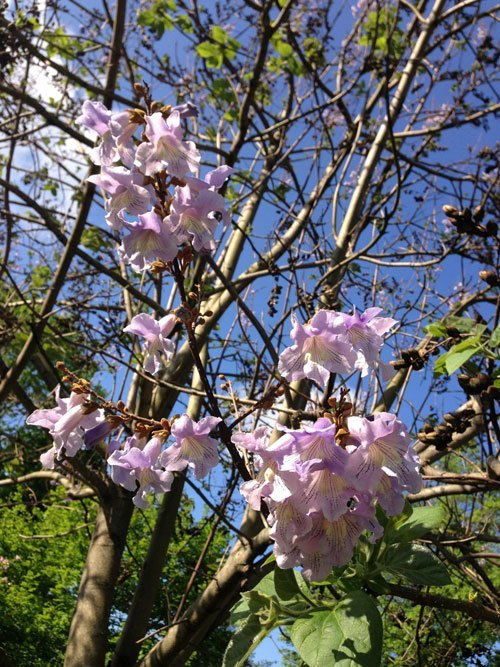
Photo by: Famartin
The Royal Empress tree is also known as princess tree. It is found along forest edges, roadside and stream banks. This tree can easily adapt disturbed habitats. Its bark is gray, brown, rough and interlaced with smooth areas. Stems have hair and are dark to olive brown. In Japan, royal empress is tree valued in many traditions. It can reproduce from root, sprouts or seeds. A single royal empress tree is able to produce approximately 20 million seeds. These seeds are easily transported by water and wind over long distances. The tree can live more than 70 years.
Uses
In china, when a baby girl is born, Chinese people plant a royal empress tree according to their old custom. The fast growing trees matures. The tree is cut down when a girl is eligible for marriage. For her dowry, the tree is carved into wooden articles. The Chinese porcelain exporters in the 19th century used the lightweight, soft seeds as packing material.
Watering
Watering is necessary for good growth of a tree. But, over-watering may harm the royal empress tree. When potted, it will not tolerate over watering. If over watered, the leaves begin to shrink and become black. The leavers become brittle and dry if it is under watered; so, this tree needs balance watering. Over and under watering are both harmful to the royal empress tree.
Planting
When planting, the Royal Empress tree requires 1 to 3 feet dug-up area and 1 to 3 foot area in diameter. Removes the grass and loosen the soil. If you are planting the royal empress tree in clay or poor soil, use a good soil conditioner for best results. After planting, water the tree for a good growth rate.
Soil
These trees require well-drained soil and a sunny area. Fertilizers are necessary for good growth. An organic fertilizer that is high in nitrogen is ideal for good growth. In the growing season fertilizers can be used twice in a month.
Pests and Pesticides
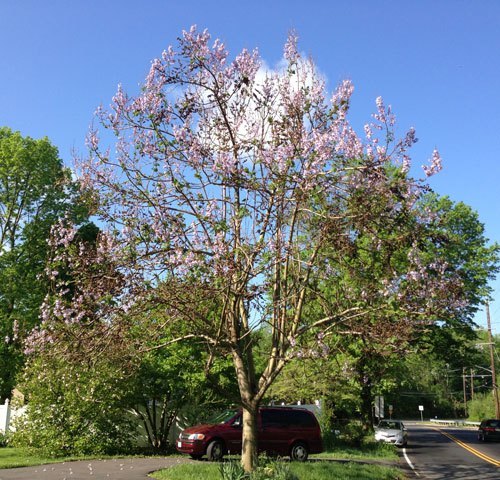
Photo by: Famartin
The best protection of a royal empress is a healthy tree. This is not a poisonous tree. It is a hard tree. Balanced watering, good soil and proper feeding are the keys to its good growth and prosperity. If worms make holes in the leaves of royal empress tree, sprinkling of Sevin, a 10 dust is good protection for them. By this, little bites do not affect the tree.
Care
The royal empress tree requires moisture, direct sunlight and bare soil. When the soil has dried out, this tree requires good deep watering. It helps the roots to grow straight down. Using of soggy soil will damage the roots of tree and cause the tree to die. Caterpillars love to eat the leaves of the royal empress tree. Caterpillar killer is an ideal solution of this problem. Further, this tree can be cut back to the ground 4-6 times and can regenerate from the roots. These trees have the ability to make its wood valuable to agriculture industry and timber.

Having discovered a fondness for insects while pursuing her degree in Biology, Randi Jones was quite bugged to know that people usually dismissed these little creatures as “creepy-crawlies”.

